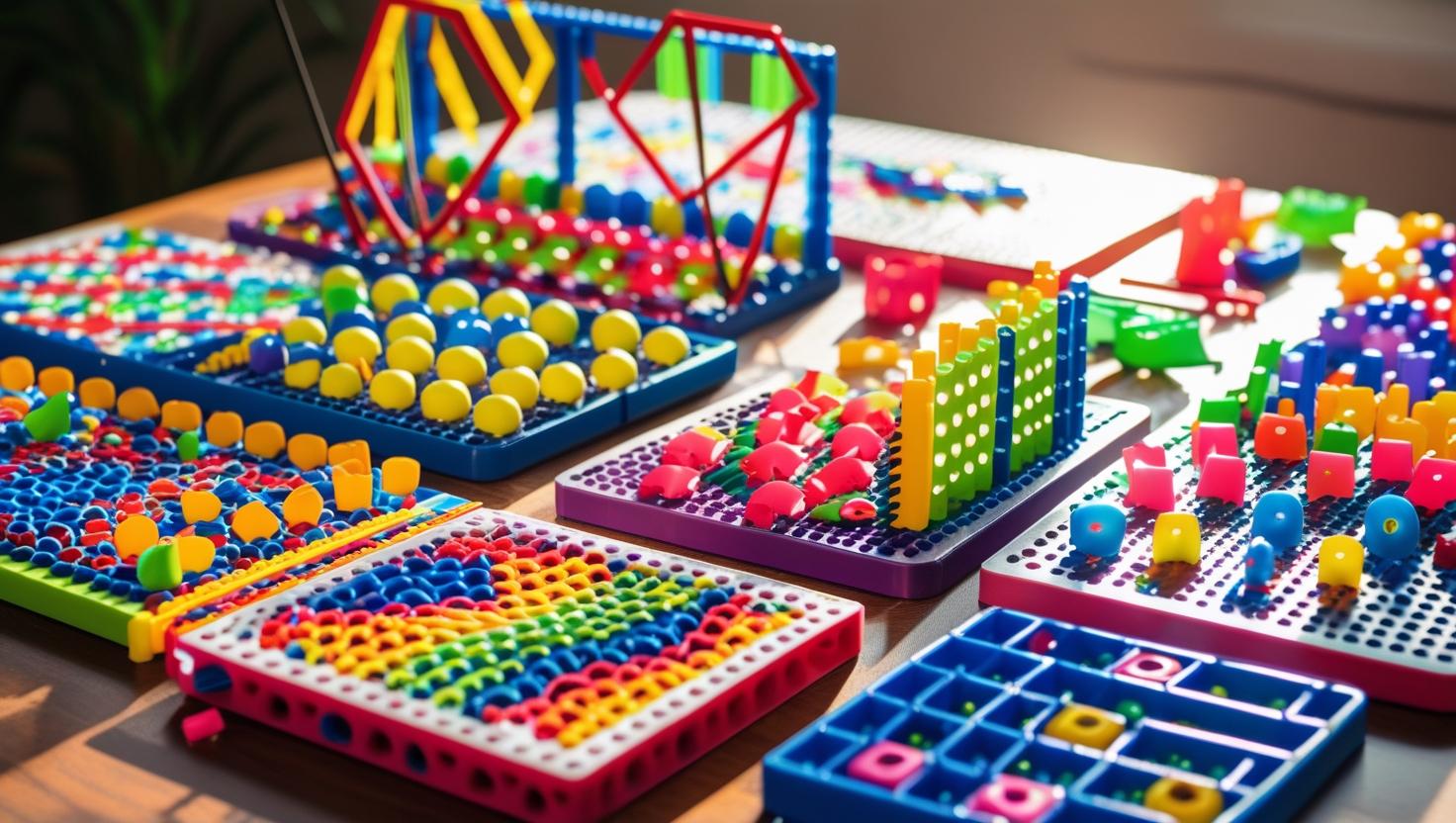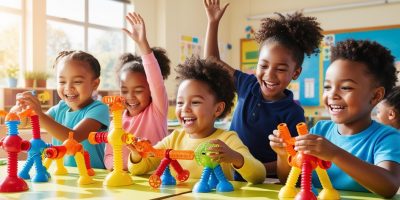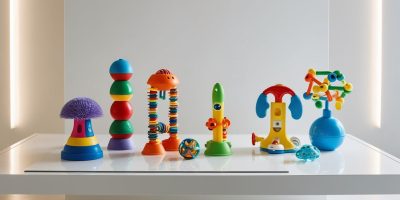When your child builds a tower, solves a puzzle, or assembles a robot, they’re doing more than just playing—they’re developing spatial awareness, a foundational skill that helps with everything from math to map reading.
Spatial awareness is the ability to understand where objects are in space—and how they relate to one another. It’s crucial for STEM learning, but also for everyday tasks like tying shoes, stacking blocks, or navigating a playground.
Luckily, the right STEM toys make developing this skill fun, intuitive, and natural. Here’s a curated list of the best STEM toys for boosting spatial awareness in young kids—and how each one helps.
1. Magna-Tiles or Picasso Tiles (Ages 3+)
These magnetic building tiles let kids create 2D and 3D shapes with ease. They naturally encourage kids to think in planes, angles, and symmetry.
Why it’s great:
Children visualize how flat shapes form cubes, pyramids, and complex structures—building an internal “spatial map” that boosts geometry skills down the road.
2. Wooden Block Sets (Ages 2+)
A classic for a reason. Stacking, balancing, and organizing blocks of different shapes teaches children about height, balance, depth, and size relationships.
Why it’s great:
There’s no right or wrong answer—just endless experimenting. This helps build a strong, flexible sense of space and structure.
3. LEGO Duplo and Early LEGO Kits (Ages 2–5)
These interlocking bricks train kids to plan, rotate, and align pieces in space. As children follow patterns or invent new builds, they practice mental rotation and problem-solving.
Why it’s great:
Early exposure to LEGO-style building helps with math, engineering thinking, and even future coding logic.
4. Tangrams and Pattern Blocks (Ages 4+)
These puzzles use flat geometric pieces to form pictures, designs, or complex patterns. Kids must rotate and flip the pieces to fit.
Why it’s great:
Perfect for developing visual-spatial reasoning and understanding how parts fit into a whole—critical skills for early math and reading.
5. Marble Runs (Ages 3+)
Designing a path for a marble forces kids to think ahead, predict motion, and understand cause-and-effect in 3D space.
Why it’s great:
It introduces physics concepts while training spatial sequencing and visual tracking.
6. Geoboards and Pegboards (Ages 4+)
Stretching rubber bands over a grid helps children understand shapes, angles, and symmetry.
Why it’s great:
They provide hands-on experiences with spatial transformation—key for future geometry and STEM skills.
7. Puzzle Cubes and Shape Sorters (Ages 1–4)
These early-learning tools encourage toddlers to match shapes and predict how items fit together—an early intro to object permanence and spatial prediction.
Why it’s great:
They offer just the right challenge for little ones developing hand-eye coordination and 3D thinking.
8. STEM Coding Robots with Path-Following (Ages 4–6)
Simple coding toys like Bee-Bot or Code & Go Robot Mouse require kids to program directions and visualize movement through space.
Why it’s great:
This develops directional language (“left,” “right,” “forward”) and spatial planning, all through play.
9. 3D Building Cards or Blueprint Games (Ages 5+)
Some sets ask children to recreate a 3D structure based on a picture or card—an activity that directly strengthens mental visualization.
Why it’s great:
It strengthens the connection between visual input and physical output, a skill used in drawing, design, and architecture.
Why Spatial Awareness Matters
Developing strong spatial awareness early on has lifelong benefits:
- Math readiness (geometry, measurement, estimation)
- STEM confidence
- Sports and coordination
- Art, design, and creative expression
- Reading and writing alignment (e.g., letter spacing, orientation)
The good news? Kids don’t need lectures—they just need the right toys and some open-ended time to explore.





